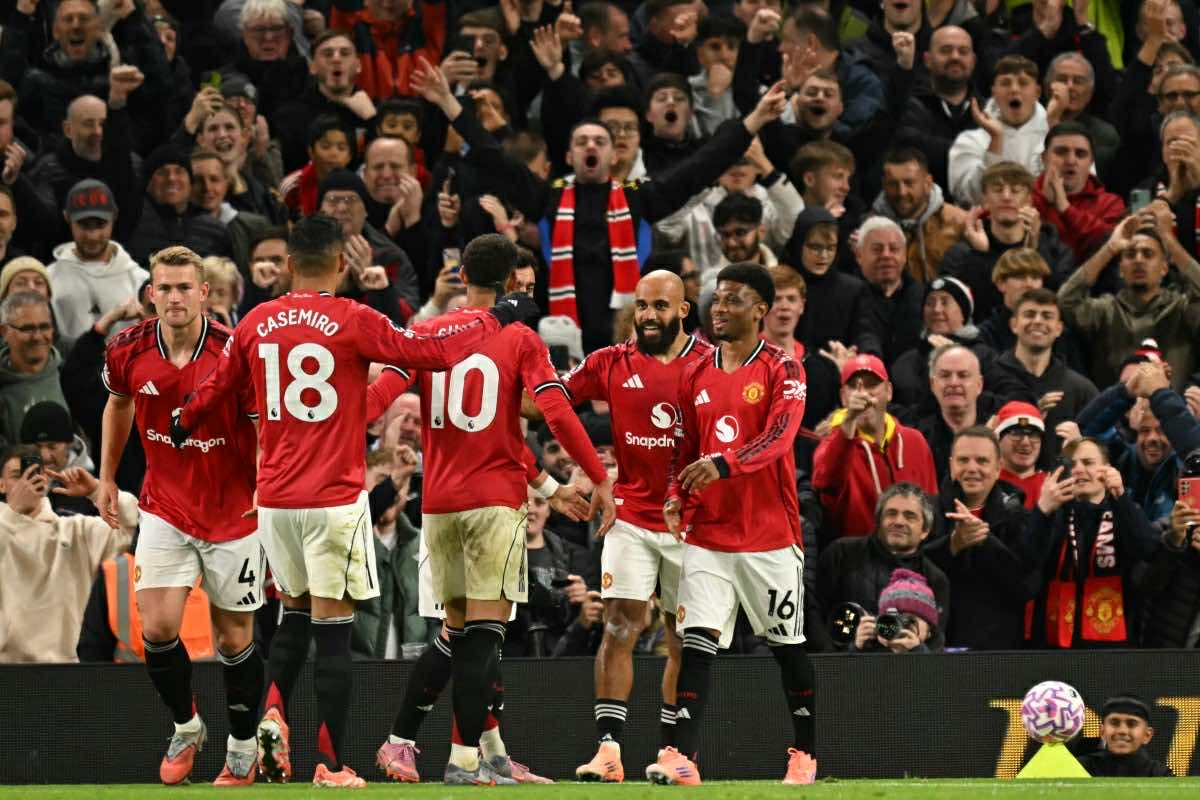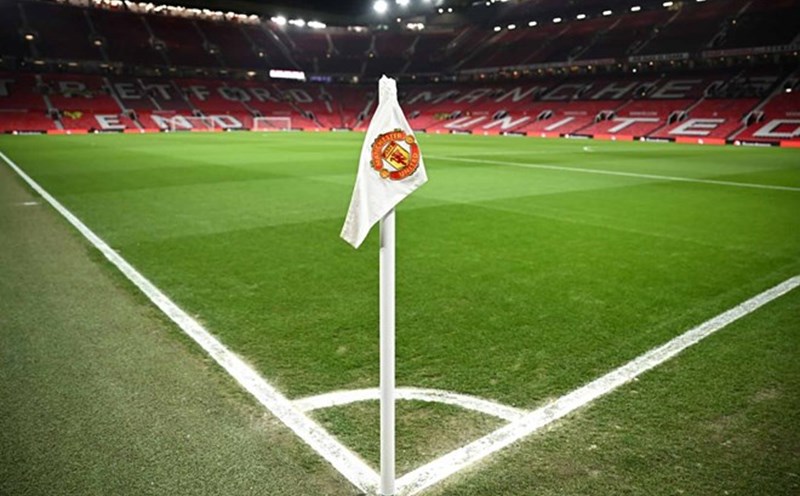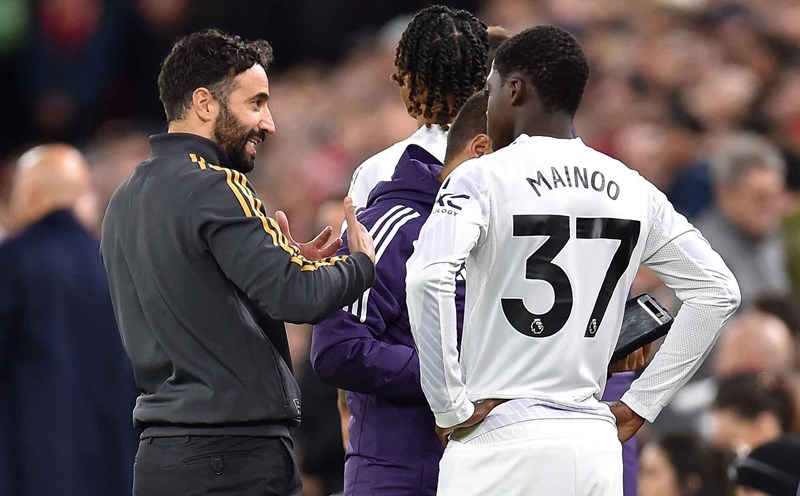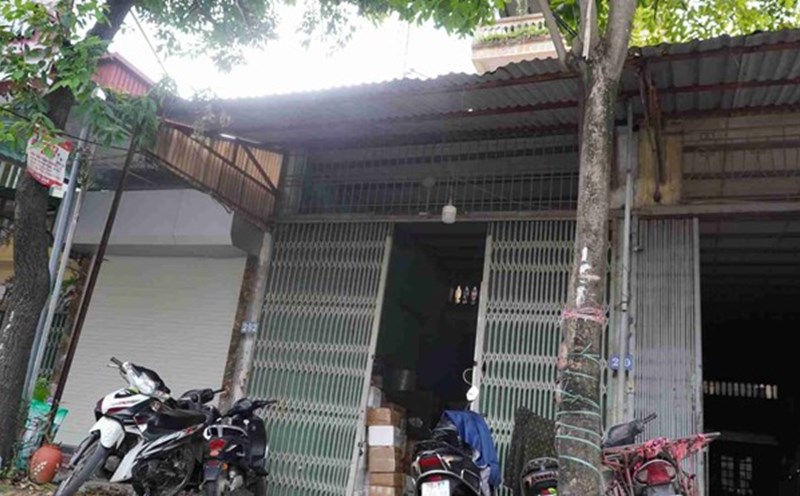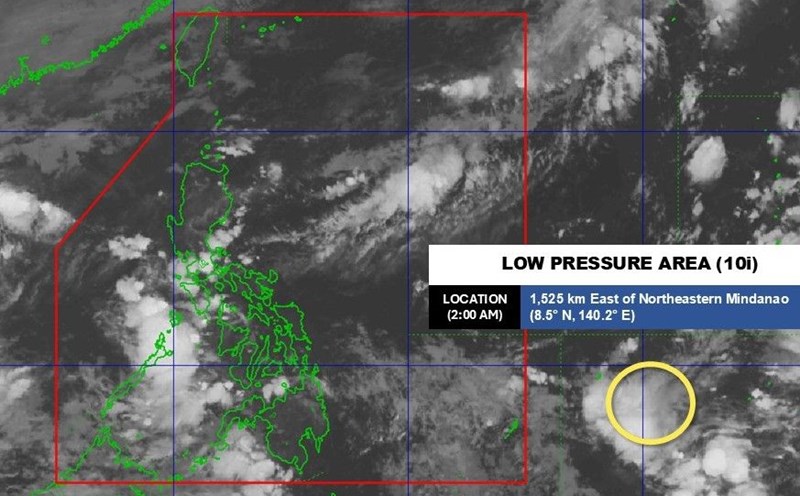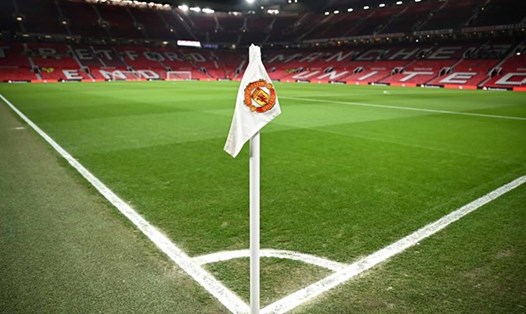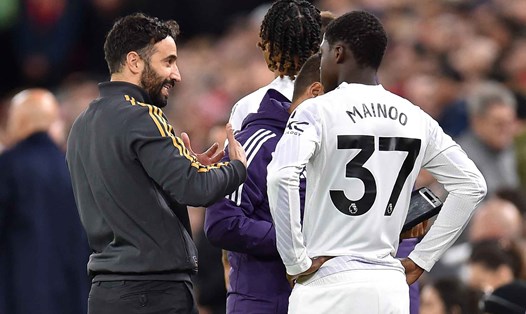From short balls to longer balls in a straight line
The most obvious change under Ruben Amorim is the goalkeeper position. The appearance of Senne Lammens brought a completely different style with a long, strong and decisive ball.
In his debut match against Sunderland, Senne Lammens made 37 long passes, and that number increased to 45 in the win over Liverpool. This is a statistic close to the total number of passes by all Liverpool players. In the match against Brighton, the Belgian goalkeeper had 32 long-range serves, statistics showing a fundamental change in the way Man United deployed the ball.
If last season Andre Onana and Altay Bayindir were still asked to play short, now Man United average 23.2 long passes per 90 minutes. This is the highest rate in the Premier League, up to 76% over the same period in the 2024-2025 season.
Lammens' shots are becoming a dangerous weapon for Man United, with a simple but effective approach to reduce risks and speed up deployment.
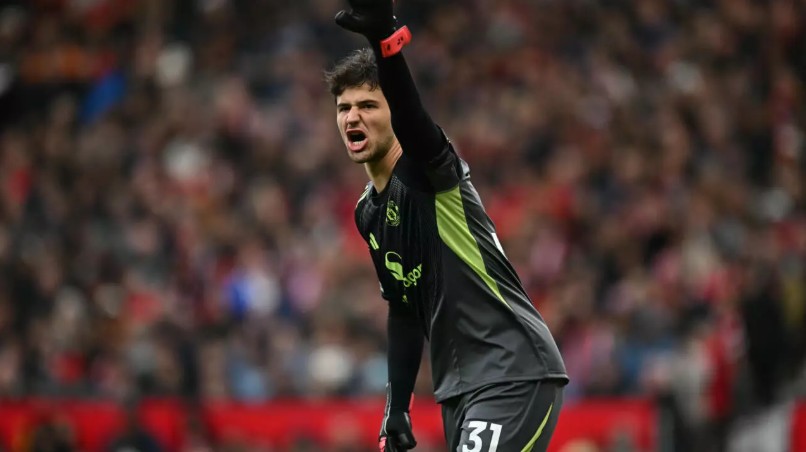
Play fast, direct and make less mistakes
This season's Man United no longer try to pass through each line to get on the ball. Data shows that their number of touches at home has decreased the most in the league, only higher than Arsenal. If last season the "Red Devils" were the team with the most touches in the defensive area, now that number only accounts for 30% of the total number of touches. This is the lowest level in the past 3 years.
As a result, the number of dangerous ball losses near the goal has been reduced by half, from 5.4 times/match to 2.4 times. Playing directly helps Man United push the ball up higher faster, reducing pressure on the defense and creating more counter-attacking situations.
As a result, the Red Devils' possession was reduced from 54% to 50%, but in return, the ball was mostly closer to the opponent's goal. This is the price Ruben Amorim is willing to accept.
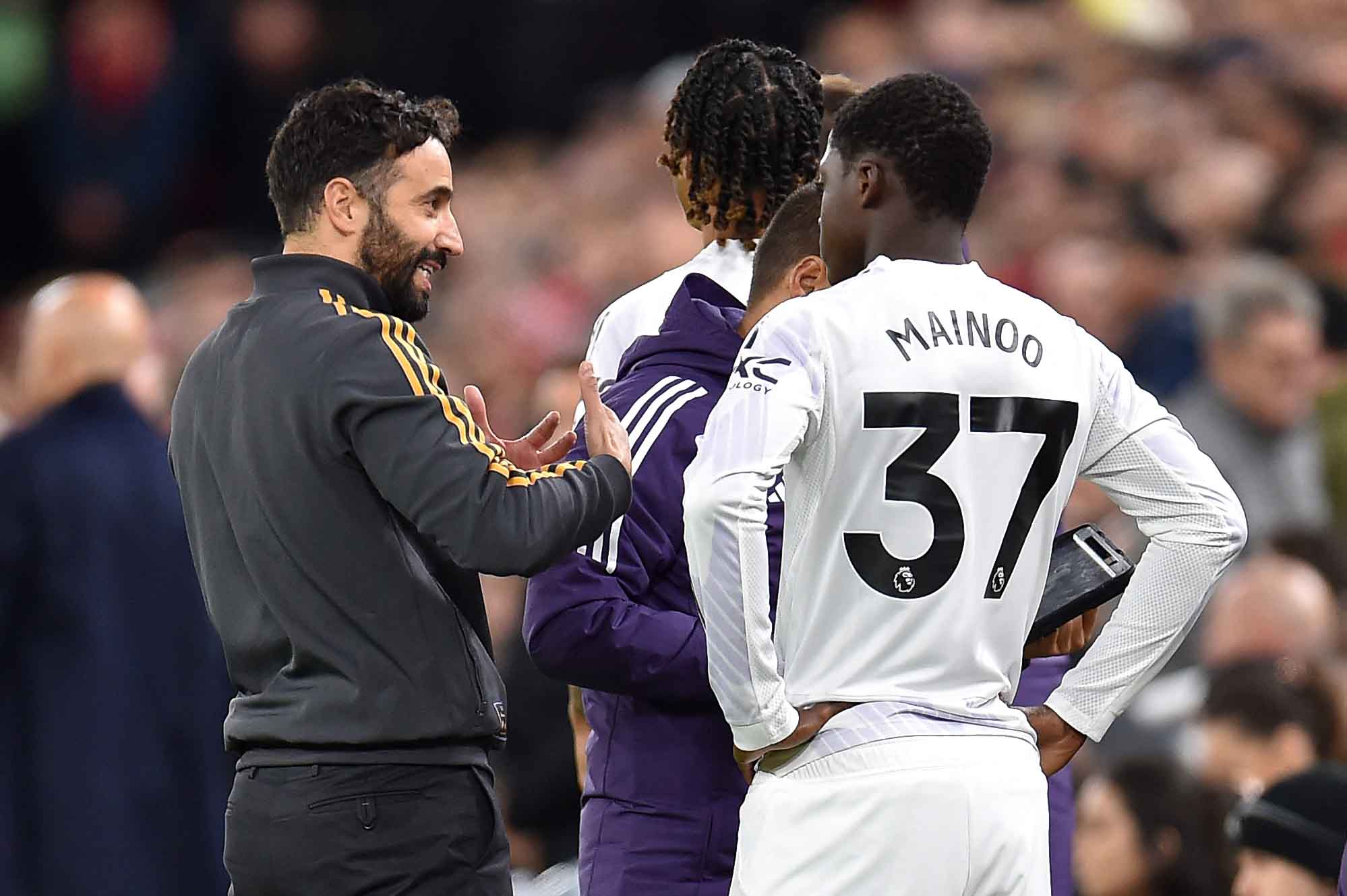
The power of speed and flexibility
Man United's attacking speed has increased dramatically this season. From a team with the 5th slowest attacking rhythm in the Premier League last season, they are currently in 8th place. The number of long balls, attack shifts and shots in the box all increased significantly.
This change is associated with new contracts. Bryan Mbeumo has become a speedy attacker on the right wing, often receiving wing reversals from Bruno Fernandes or Casemiro. Benjamin Sesko, 1.95m tall, is an ideal destination for long balls or early crosses.
Although the number of crosses did not increase, the success rate was higher than 62%, helping Man United rank 2nd in the tournament in terms of the number of crosses accurately entering the penalty area.

Saying goodbye to the corner kicks out
A little-known detail but importantly, Ruben Amorim has completely erased outswinger corners (towards the outside of the goal).
If Bruno Fernandes or Christian Eriksen used to shoot like this, now with the presence of Mbeumo, Man United mainly play inswinger ( putting the ball in). As a result, the "Red Devils" scored 3 goals from corners, achieving an efficiency of 0.49 expected goals (xG) per match. This is nearly 50% higher than last season.
However, they are still quite poor in set-piece defenses. Amorim will certainly have to continue to improve this problem.
Still 3-4-3 but smarter and more efficient
Ruben Amorim still does not give up his philosophy but has refined it to suit the Premier League's pace. He still maintains a 3-center-back formation but changes the pressing, launching and attacking styles, all towards proactiveness and risk saving.
Man United have not been cumbersome or dependent on possession in recent weeks. They become neat, precise and focus on final results. At the same time, rookie Lammens brought a solid feeling in the goal with superior ball control and reflex ability.
This was a Manchester United team that played faster, more directly and more confidently.
